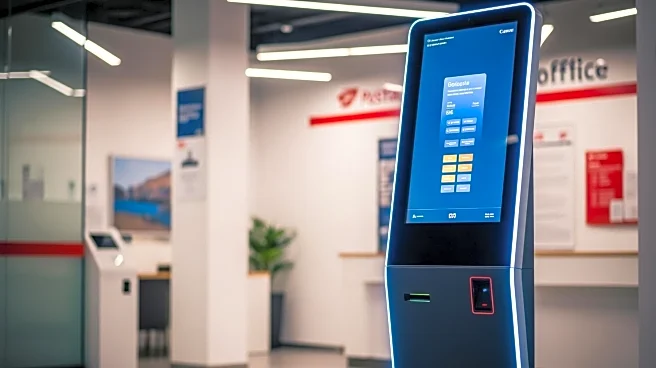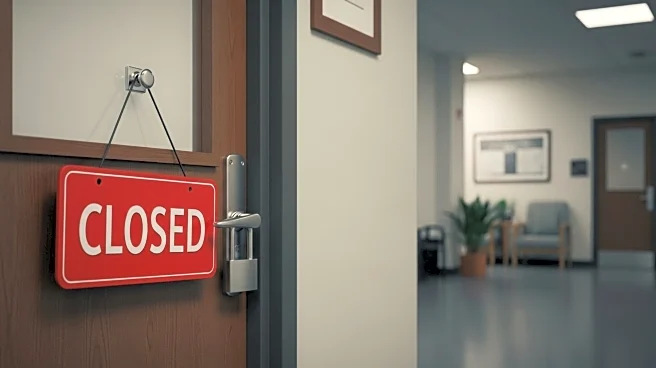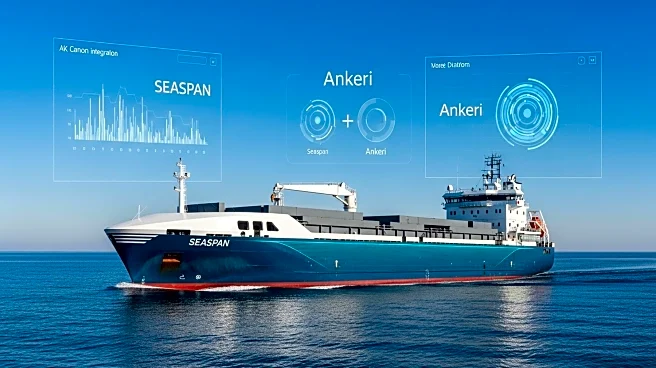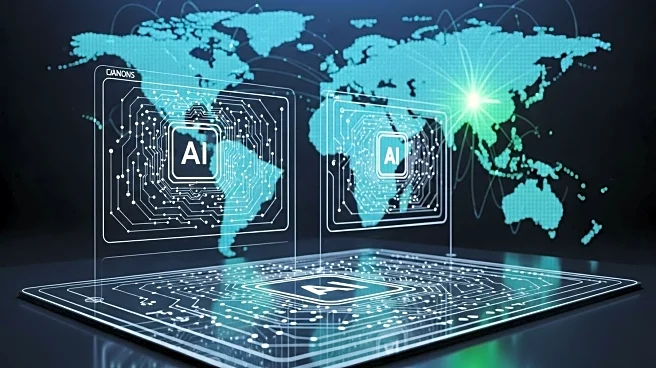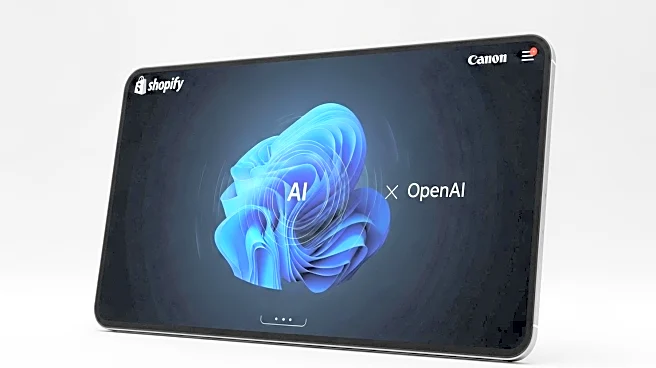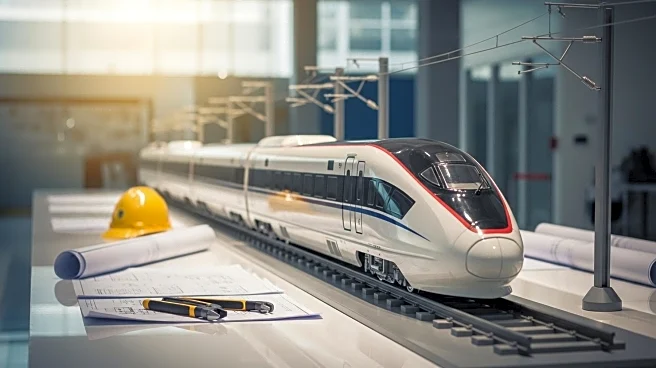What is the story about?
What's Happening?
The U.S. Postal Service (USPS) is implementing a nationwide modernization of its post office lobbies, introducing technology-forward features aimed at improving customer experience. The redesigned spaces will include 24/7 smart lockers for secure package pickup and upgraded self-service kiosks that allow customers to weigh items, print labels, and purchase supplies. These changes have reportedly reduced lobby wait times by 40% at renovated locations. Additionally, a new mobile app, Rapid Drop, will enable users to manage prepaid labels, track packages, and initiate self-service processes before arriving at the post office. The USPS is also expanding in-lobby government services, such as passport processing and identity proofing, to streamline customer visits.
Why It's Important?
This modernization effort by USPS is significant as it addresses the evolving expectations of customers who demand speed and convenience in their interactions with service providers. By integrating technology into its operations, USPS aims to enhance efficiency and customer satisfaction, potentially increasing its competitiveness in the logistics and delivery industry. The initiative also reflects a broader trend of digital transformation within public services, which could lead to improved service delivery and operational cost savings. The expansion of government services within post offices may also provide added convenience for citizens, consolidating multiple tasks into a single visit.
What's Next?
The first phase of USPS's modernization is expected to conclude by the end of October, with further expansions planned for Fiscal Year 2026. As the initiative progresses, USPS may face reactions from stakeholders, including customers, who could provide feedback on the new systems. Additionally, the success of this modernization could influence other public service entities to adopt similar technology-driven approaches. The USPS will likely continue to monitor the impact of these changes on customer satisfaction and operational efficiency, potentially making further adjustments based on the outcomes.
AI Generated Content
Do you find this article useful?
